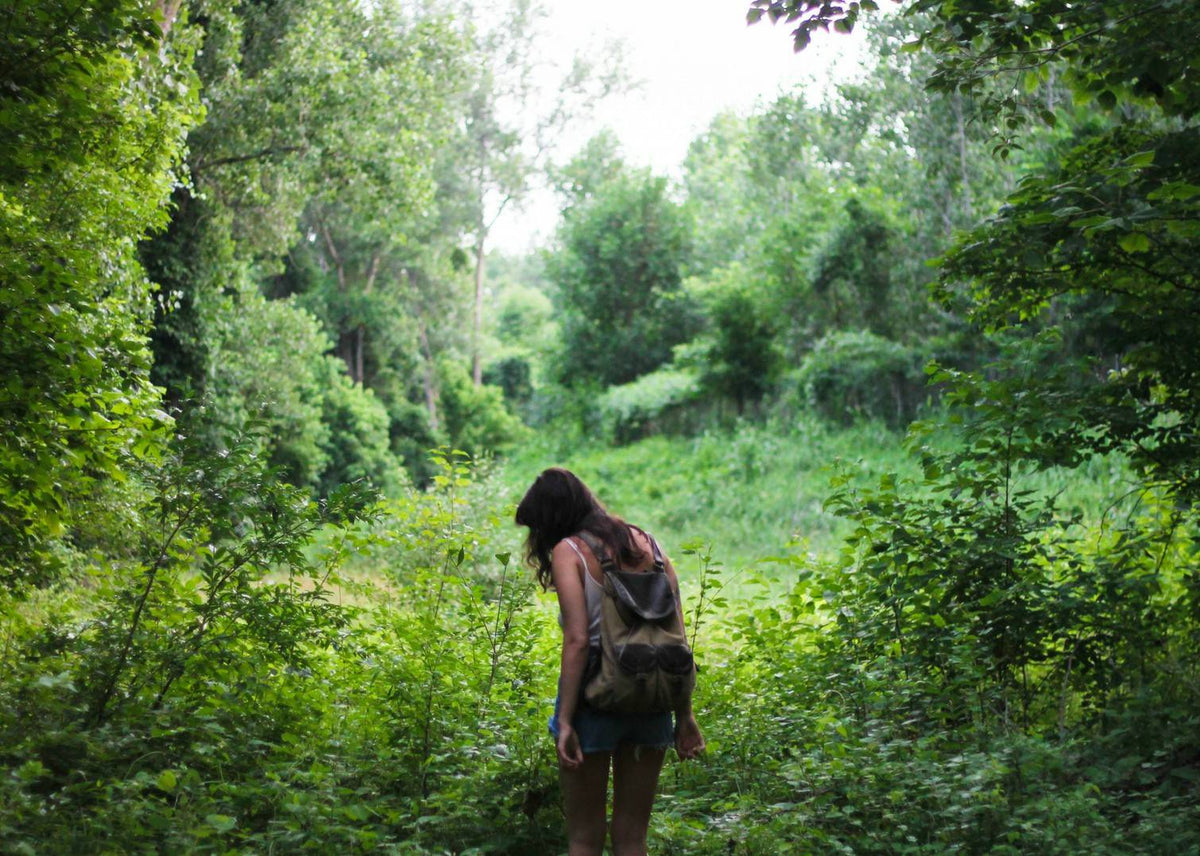
Social Responsibility: Ethical Fashion has Everything to Do with Being Transparent
In this article, we talk about social responsibility in the fashion industry. What ...

In this article, we talk about social responsibility in the fashion industry. What ...

Vaellus on upea kokemus ja harrastus, joka on helppo aloittaa! Tässä on aloittelijan op...

From the base layer to snacks and entertainment, in this article we'll tell you a...

I think we've all been there. Where: In the trance of cheap clothing joyfully wonderin...